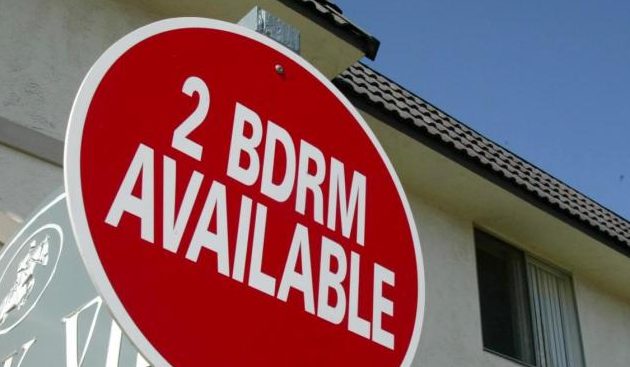
Jill On Money: Are you better off?
One of the perennial questions asked during a presidential election season is: “Are you better off than you were four years ago?”
The answer often gets wrapped up in emotions and behavioral biases that do not always sync up with data. For a numbers nerd like me, that’s frustrating, so let me state from the top that this column is not meant to sway your political leanings.
Related Articles
The Bay Area housing affordability crisis doesn’t exist in much of the US — so why aren’t people moving?
Holiday travel outlook: when to book Thanksgiving and Christmas flights
Feds sues Visa, saying company is driving up card costs for businesses, consumers
Gov. Newsom signs California law banning medical debt from credit reports
Donald Trump and Kamala Harris both say food costs too much. What can they do about it?
Rather, it is an attempt to paint a broad picture of where the U.S. economy stands and how Americans are faring overall, using various data points. By its nature, it will not apply to everyone specifically.
To state the obvious, the pandemic wreaked havoc on our lives, causing widespread suffering that will cast a shadow for years to come. For the U.S. economy, the impact was deep, though not long-lasting. The COVID recession lasted just two months, the only two months of recession since June 2009.
Although scars formed during the pandemic and its aftermath, according to analysts at Capital Economics, the “U.S. economy is now nearly 10 percent larger than it was pre-COVID,” despite a shuttered economy, a reopening inflationary surge and a spike in interest rates to quell inflation.
Those last two factors seem to be weighing on us, which is why the Brookings Institute sought to answer an important question: “Has pay kept up with inflation?” Their answer is yes, but with a caveat. In the early pandemic days (2020-2021), lower earners saw big gains, as companies competed for workers. Then, prices accelerated, taking a big bite out of those gains, which caused many Americans to deplete their pandemic-era savings – and for some, to go into debt.
For almost 18 months, “real” wage growth, which adjusts wages for inflation, has moved in the right direction. But Loretta Mester, president of the Federal Reserve Bank of Cleveland, said that many workers “still haven’t made up for all of the lost ground…They’re still in a hole, a little bit.”
Brookings believes this dynamic “may help to explain why the average American consumer feels pessimistic during a time when, on many dimensions, the economy is doing well.”
Part of the problem is that we are still facing higher prices overall and as human beings, we anchor our assessments to a pre-COVID world. “Anchoring” is a cognitive bias where we rely on a recent data point to influence how we think. For example, we might go back to prices in 2019 and compare them to 2024, without factoring in the bump up in wages, which have helped to defray the impact of those higher prices.
Anchoring is one of the reasons that economists often worry about inflation, because the recent low price becomes the standard against what you think is “fair” today. Of course, very few workers believe that inflation has anything to do with the wage increases that they have enjoyed — in our minds, we earned those wages, while inflation was an unfair cost that ate into those gains.
Like many seismic events, the key to normalization may be a tried-and-true coping mechanism: time. Anyone who lived through the late 1970s-early ’80s inflation can tell you about enduring the pain of long lines for gas and 18 percent mortgages.
But with the benefit of hindsight, they can also remind us that they got through that period and on the other side of it, the scars faded, and they enjoyed decades of mostly low inflation.
Whether or not you feel better than you did four years ago, I can guarantee that this period will become a story to tell your kids and grandkids about the need for resilience and stamina.
Related Articles
A vineyard owner tried to provide free housing for his longtime employee. He says Santa Clara County has fined him $120,000 — and now he’s suing
61% of Californians expect bad times for the economy
State Farm projects dropping 1 million policies in California over next five years
Is REAL ID’s deadline real?: Everything you need to know
The Bay Area housing affordability crisis doesn’t exist in much of the US — so why aren’t people moving?
Jill Schlesinger, CFP, is a CBS News business analyst. A former options trader and CIO of an investment advisory firm, she welcomes comments and questions at [email protected]. Check her website at www.jillonmoney.com.


